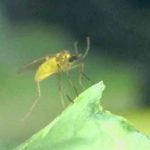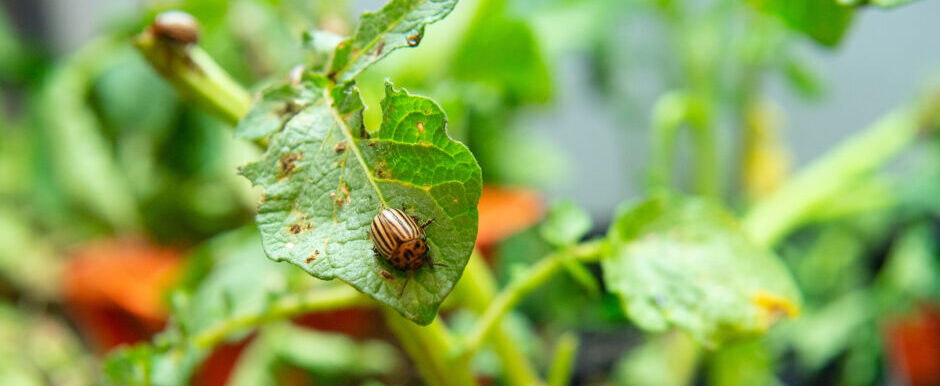Gund Institute Funded PhD Opportunities
POSITION: The Gund Institute for Environment at the University of Vermont (UVM) is recruiting exceptional PhD students for Fall 2018 to conduct interdisciplinary research on major global environmental challenges as part of a competitive PhD Research Assistantship program. Students will have considerable latitude and assistance in developing the direction of their work, but it must be related to achieving the United Nations’ Sustainable Development Goals. Students will be advised or co-advised by one or more of our Gund Institute Fellows.
The Gund Institute is a newly expanded campus-wide center for interdisciplinary research, where more than 100 faculty, global affiliates, post-docs, and graduate students collaborate widely to understand the interactions among ecological, social, and economic systems. Consistent with the mission of the Institute, we seek students interested in both advancing research frontiers and addressing concrete environmental issues.
OFFER: Students will receive three full years of funding to be spent over four years. These funds cover an annual stipend of $27,000, tuition, and UVM’s student health insurance. Students will work with home departments to augment this support with Teaching Assistantships or additional grants. Funded students may also apply for student enrichment funds to support conference participation and research costs.
QUALIFICATIONS:
- Student must be starting year 1 of a PhD program
- Competitive GPA and GRE scores
- If applicable, minimum TOEFL score of 100 or IELTS score of 7.0
- Preference given to applicants who have not previously studied at UVM, and who already have a Master’s degree, but all qualified candidates will be considered.
APPLICATION: Interested candidates should:
- Contact potential advisors directly to discuss your interests. Identify a Gund Fellow who can serve as your advisor.
- Apply to the appropriate UVM college or school by its deadline (deadlines vary among schools). Indicate in your statement of purpose that you are applying for a Gund Institute Research Assistantship.
- Complete the separate Gund Institute Research Assistantship Application by February 1, 2018.
Applications from women and people from diverse racial, ethnic, and cultural backgrounds are encouraged.
Read/share this posting online: http://go.uvm.edu/phd
 We are excited to announce that our swede midge fact sheet, titled, “Organic Management of Swede Midge,” is now posted online via Cornell University. We developed this document with our collaborators Christy Hoepting (Cornell) and Rebecca Hallett (University of Guelph) to aid and inform vegetable growers on swede midge identification, monitoring, biology, and organic management strategies.
We are excited to announce that our swede midge fact sheet, titled, “Organic Management of Swede Midge,” is now posted online via Cornell University. We developed this document with our collaborators Christy Hoepting (Cornell) and Rebecca Hallett (University of Guelph) to aid and inform vegetable growers on swede midge identification, monitoring, biology, and organic management strategies.


 Yolanda H. Chen
Yolanda H. Chen Lori R. Shapiro2,3,
Lori R. Shapiro2,3,  Betty Benrey
Betty Benrey Angélica Cibrián-Jaramillo
Angélica Cibrián-Jaramillo